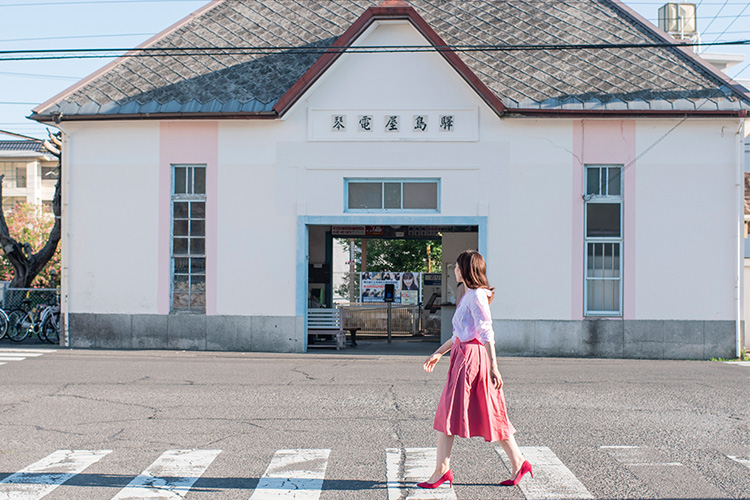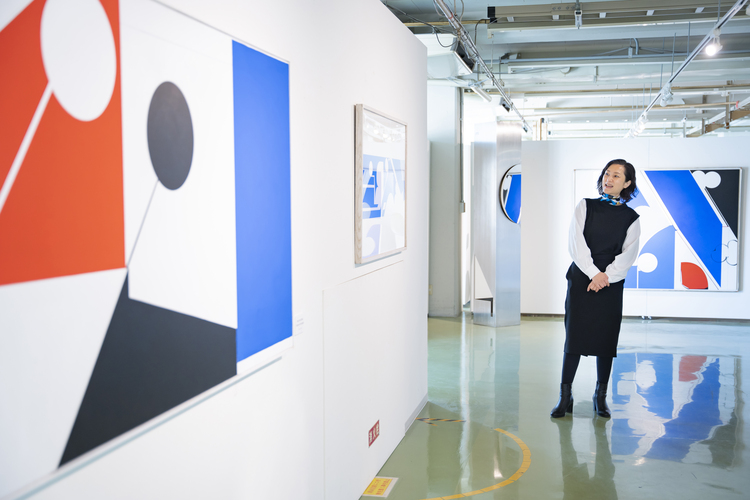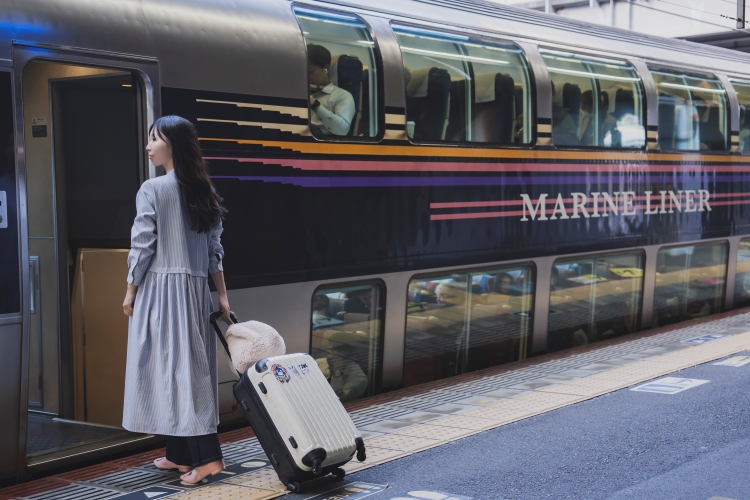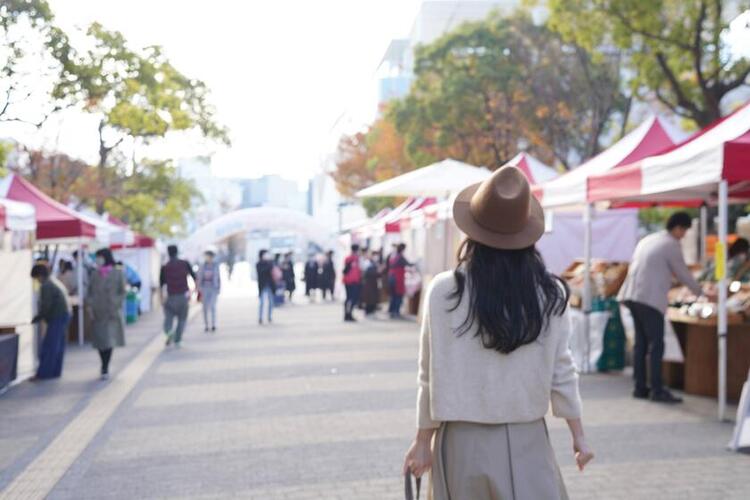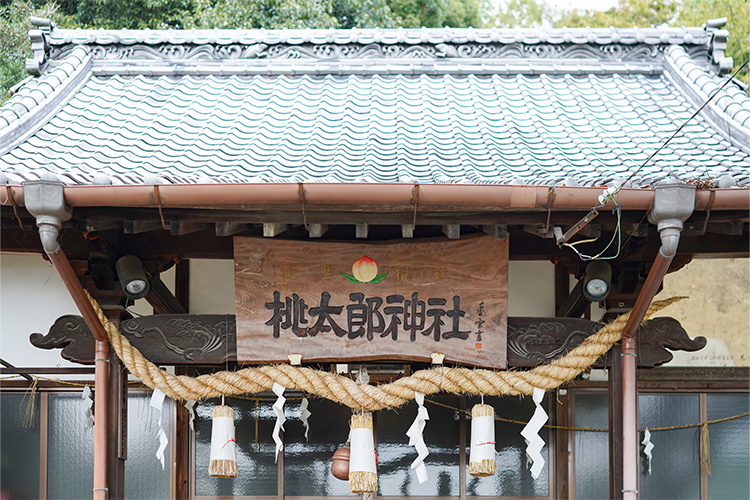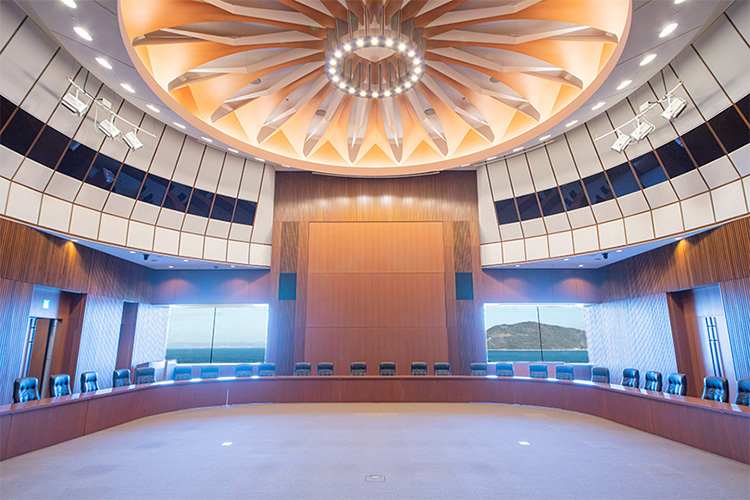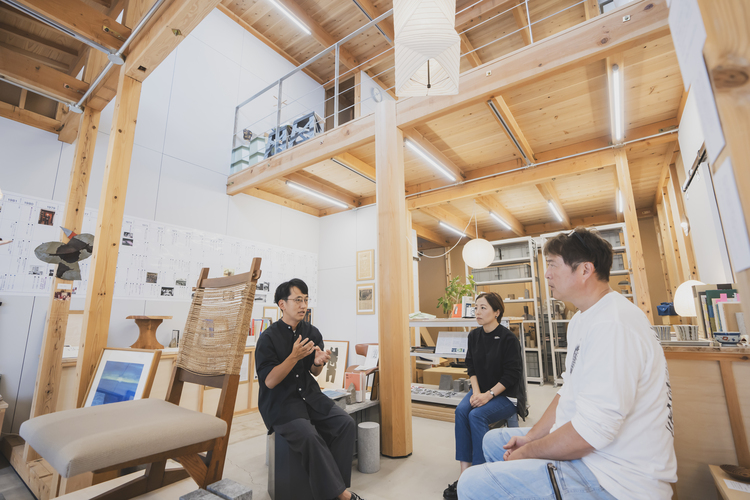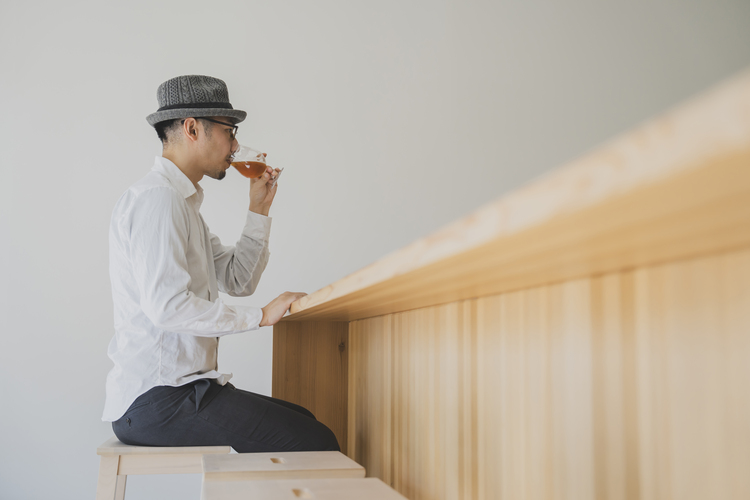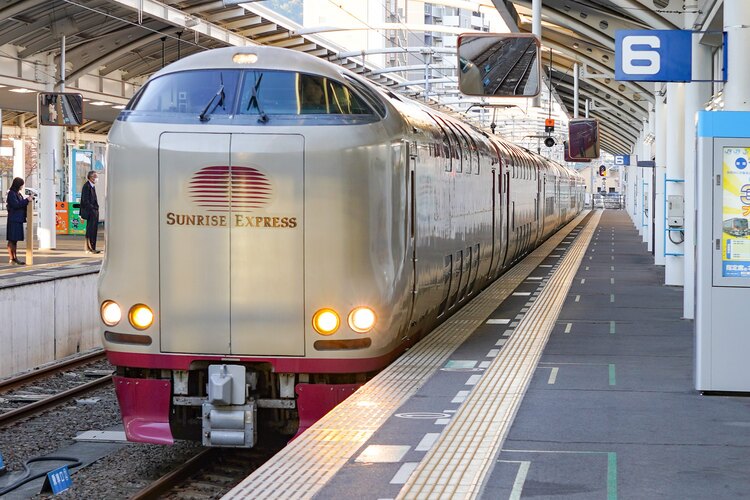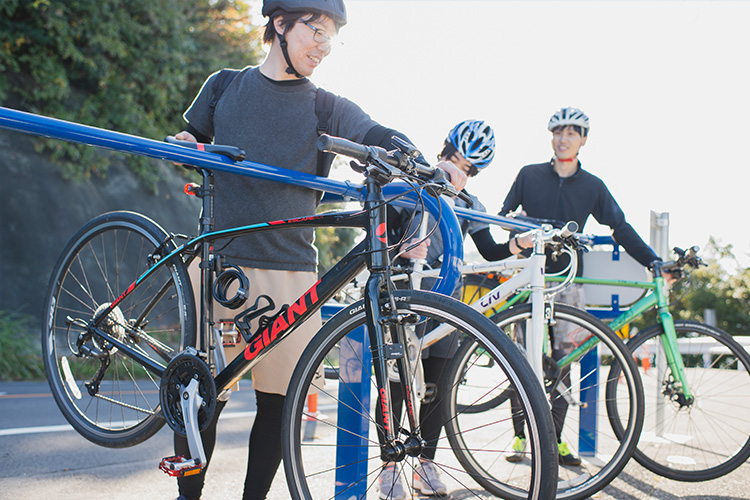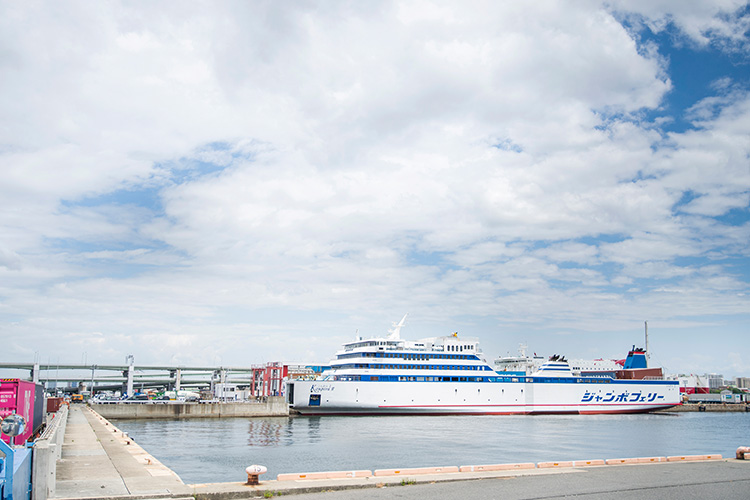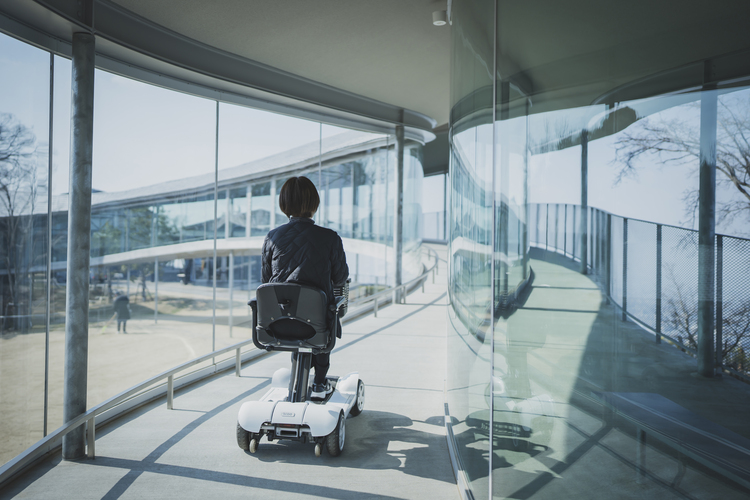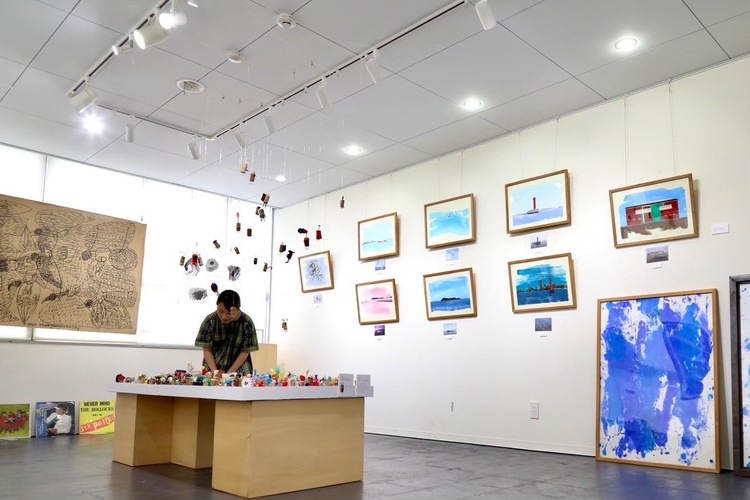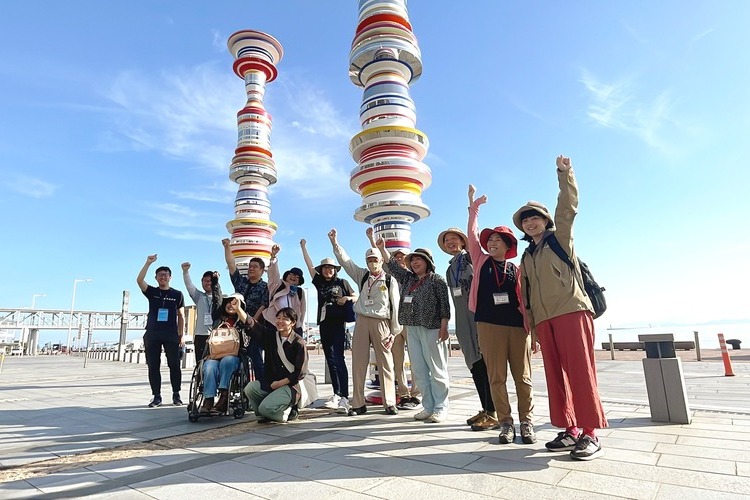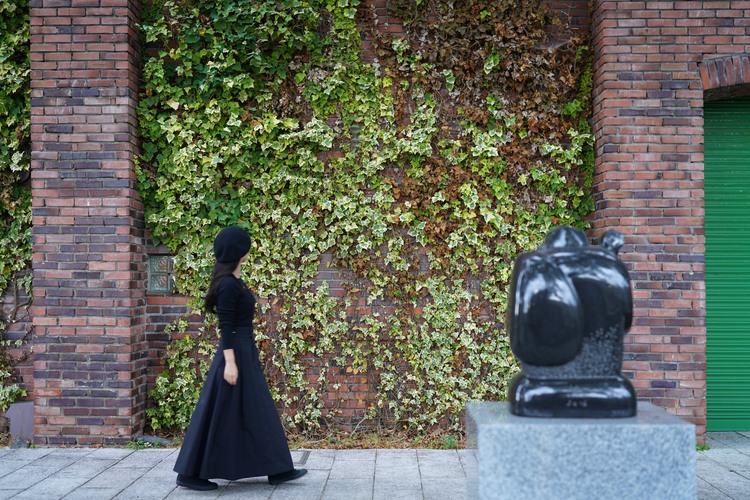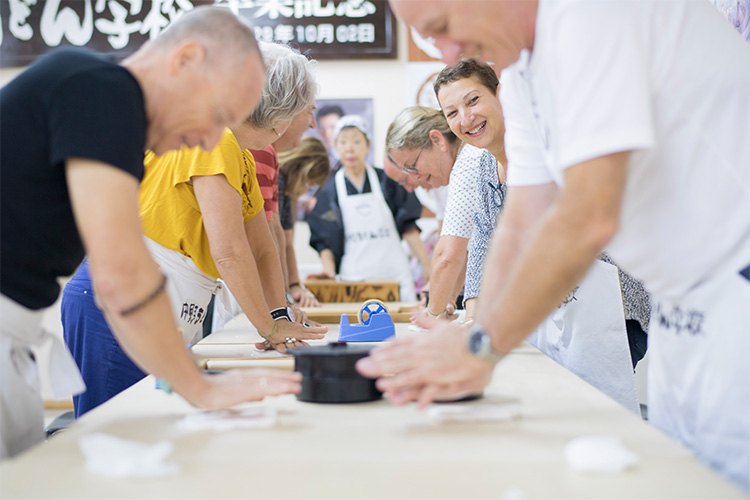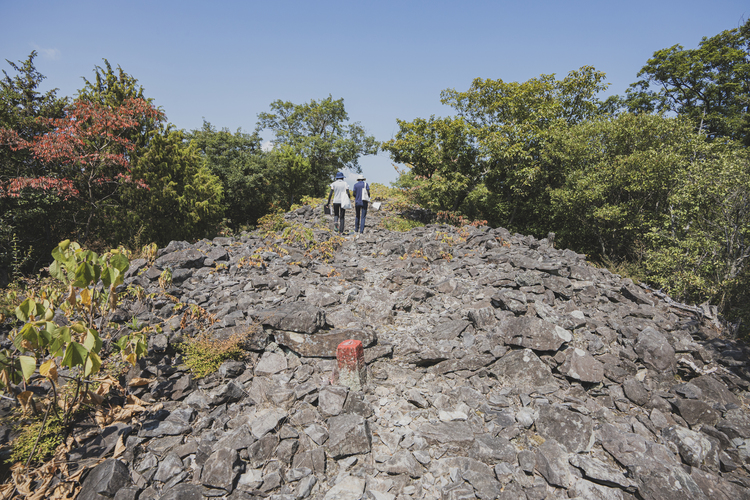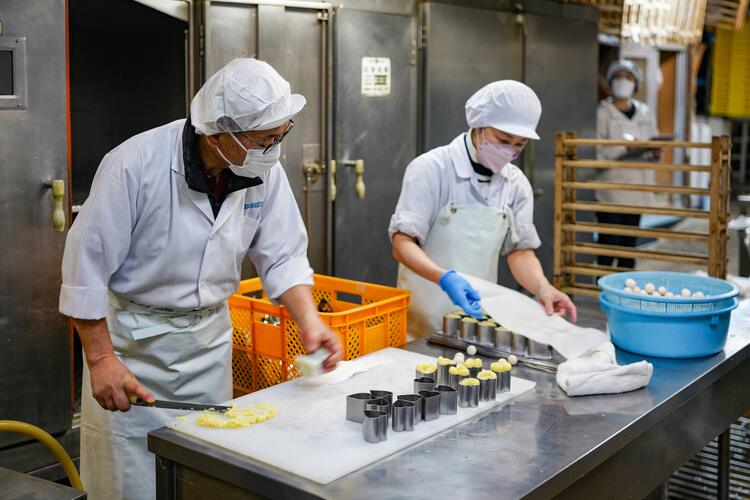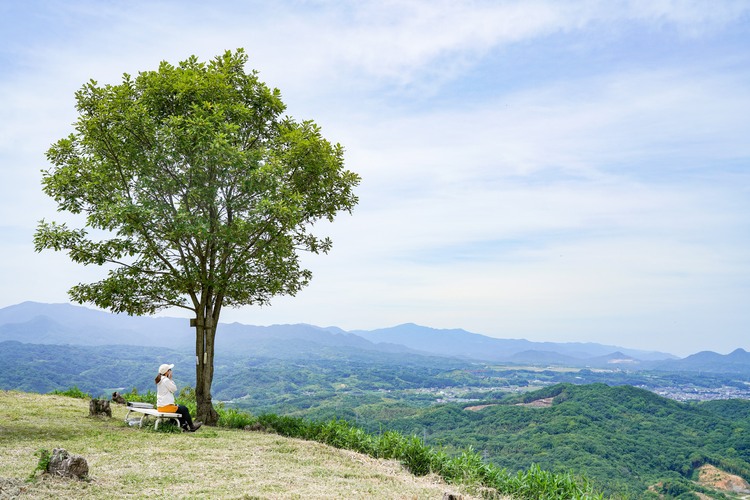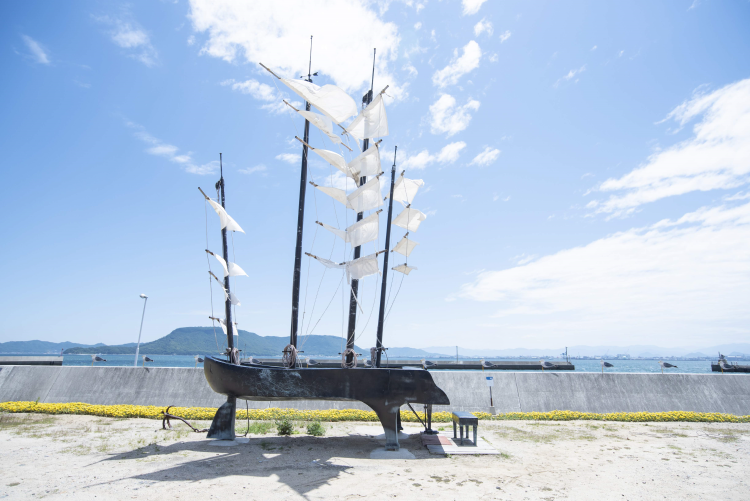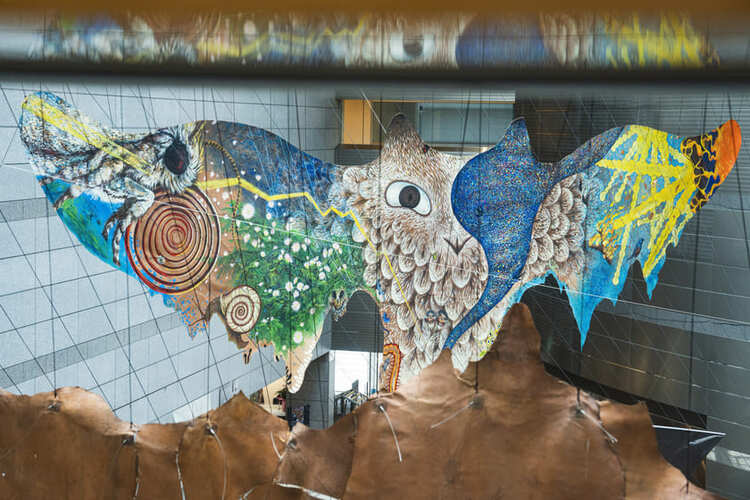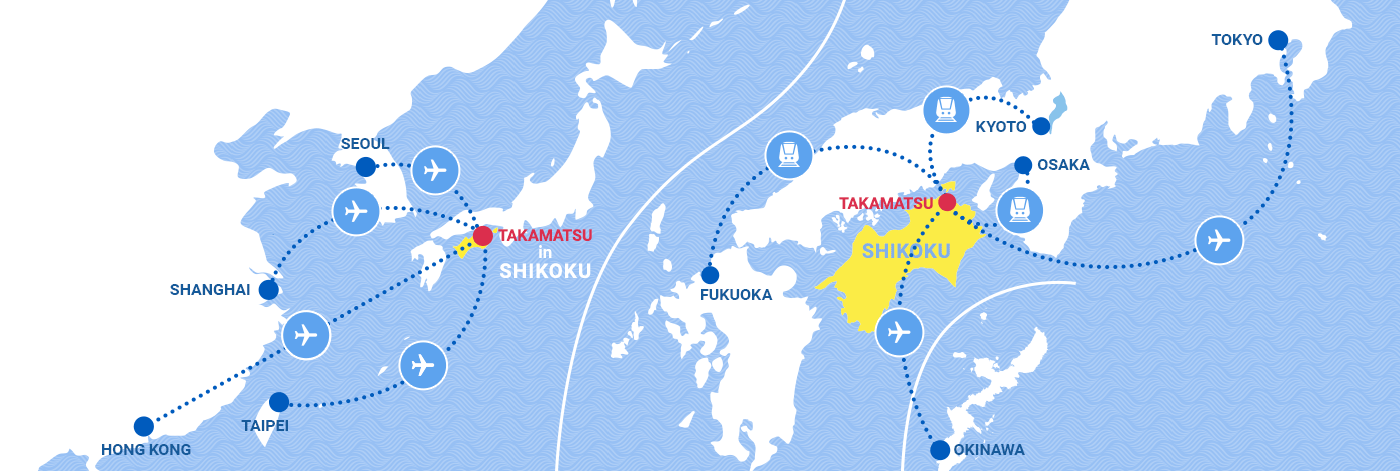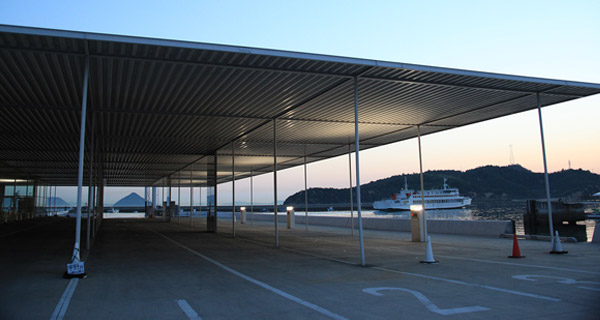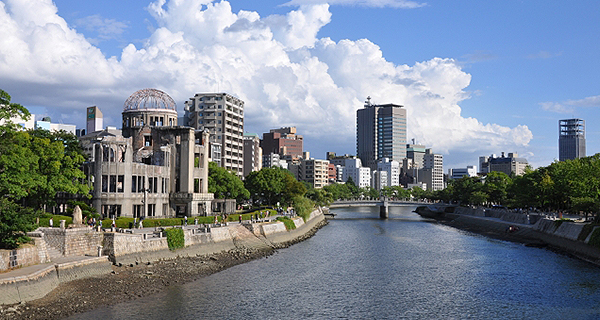
Kokubunji Temple is the 80th temple of the Shikoku Temple Pilgrimage in Kagawa Prefecture and one of the temples visited by pilgrims.
Within the temple grounds, there are traces of the buildings of Sanuki Kokubunji Temple built around 1,300 years ago.
In 741, when the uncertainty of disease and disaster had spread across Japan, Emperor Shōmu ordered the construction of Kokubunji Temple all over the country to use the power of Buddhism to govern the country.

What kind of a place is Sanuki Kokubunji Temple?

The Sanuki Kokubunji Temple Site remains are the only designated Special Historic Site in Shikoku. It is a valuable site, as there are many foundation stones at the site showing what the temple was like when it was founded.


When it was built, the site extended about 220 meters east-west and 240 meters north-south. Surrounded by a roofed mud wall, the temple included a main hall, a seven-story pagoda, a lecture hall, living quarters for monks, a bell tower, a main southern gate, a central gate, and more.
Capable monks gathered here and chanted sutras, studied, and taught people each day for the good of the nation.




It is popular today as a walking course for local residents and a park for children to play.
Let's take a tour of the site with the curator of the Sanuki Kokubunji Temple Site Museum.
The roofed mud wall was constructed through the efforts of around 20,000 people?
A nearly 4-meter tall roofed mud wall has been reconstructed in 30 meter sections on both the eastern and western sides of the site.


The wall was made with the rammed earth technique, where dirt is compacted down and hardened.

The layers on the wall, which resemble layers of puff pastry, were made by repeatedly pressing down soil to solidify it.
You can see a grain-like pattern on the surface.


Each meter of the restoration involved 24 people.
It is said that it would require the effort of about 20,000 people to construct a 900-meter wall around the perimeter.
Folktales of the bell tower ruins
Bells hung in bell towers to convey the end of the day and mealtime for monks.
The actual stone foundation is underground, and the stones visible above ground are reproductions of the foundation stones.



The bell at Sanuki Kokubunji Temple is the oldest in Kagawa Prefecture and is known for its excellent sound.
One folktale says that the bell was used to tell time at Takamatsu Castle during the Edo Period, but as the sound worsened, the feudal lord grew sick, and other misfortunes occurred, the bell was returned to its original location.



The bell now resides at Kokubunji Temple.
The bell is of a Heian Period design, with the top part, called a canon, being at a right angle to the location where the hammer strikes the bell, which is located high on the bell.
The largest living quarters for monks in Japan
The monks' living quarters were a place for monks to study and sleep.
At 84 meters east-west and 12 meters north-south, these were the largest living quarters for monks in all of Japan.


The internal structure of the east side of the building was partially reconstructed.



There are remains of brick-shaped stones used as partitions between the foundation stones, and from this we know that there were 24 rooms.

Some of the stones were partially cut, known as notches, and are the remains of door shafts.


Each room had a dirt floor and a bed.
While the term bed is used, they did not have mattresses and were like a platform of wooden planks.
The foundation stones for the main hall look like garden stones
The main hall was used to worship an image of the Buddha.
The 32 stones lining the approach were the foundation stones for the main hall.


Andesite, a stone similar to the sanukite produced in Sanuki (former name of Takamatsu), were used for the foundation stones.
This stone was difficult to work with at the time. It was used by peeling off the surface following the layers to level the stones or by placing small stones underneath to ensure it was level.
The seven-story pagoda was resistant to earthquakes?
The seven-story pagoda was used to store sutras.
The fifteen foundation stones are found at nearly the same location when they were first laid.

The largest stone found in the middle was the base stone supporting the central pillar.
The surrounding foundation stones are andesite, but granite, which is easy to work with, was used for the base stone in the middle.

A roughly 30 cm mortise was dug out in the center to bury the base stone, and you can touch the edge of the mortise with your hand if you reach under the stone pagoda.

The pagoda is thought to have been 63 meters tall, including the finial topping the pagoda.
The pagoda appears to have been earthquake-resistant due to the central pillar construction.
As there weren't any tall buildings nearby at the time, you likely could've seen the pagoda from far away.
Learn more about history at the Sanuki Kokubunji Temple Site Museum exhibiting excavated artifacts
The museum exhibits roof tiles, clay vessels, metal ware, and other objects found during excavations.
Surprisingly, the materials used at Sanuki Kokubunji Temple were sourced from within the area.
For example, the roof tiles were produced at the now-defunct Fuchu Yamanouchi tile kiln nearby.


The tiles along the eaves feature a lotus flower pattern.
The patterns changed based on when the tiles were produced, and through this, you can see the design styles and social situations of the craftsmen.
There are 30 different patterns at Sanuki Kokubunji Temple alone.
The wooden molds used to stamp the patterns were sometimes used at nearby temples, and blemishes in the molds can become clues when researching the period.


This is a tile with the name of the temple where it was delivered to inscribed. "Kokubun Konkomyo" refers to Sanuki Kokubunji Temple.
Round tiles were formed into a cylindrical shape and then cut in half. You can see glimpses of the craftsman's personality in the way the characters were split down the middle.

Pick up one of the replica tiles and see how heavy they are.


Many vessels used by the monks were also unearthed.
Unglazed vessels were commonly used, with glazed vessels only used by a limited number of people.

Black doba in the shape of clay horses were used in rain-making rituals.
As they were broken during the rituals, none of the remains are in their original shape.
These clay horses later became ema, small wooden plaques (literally "picture horses").
Consider taking a stroll while contemplating this historical site that tells a story from 1,200 years ago.
▼See more details on YouTube
https://youtu.be/Yi1znO-xKjw
Sanuki Kokubunji Temple Site Museum
- Address
- 2177-1 Kokubunjicho Kokubu, Takamatsu, Kagawa
- Business hours
- 9:00-16:30
- Regular holidays
- Monday (the following weekday if Monday is a national holiday), and from December 29 to January 3
- TEL
- 087-874-8840
Gathering date:2023.3.31 / Sanuki Kokubunji Temple Site Museum






